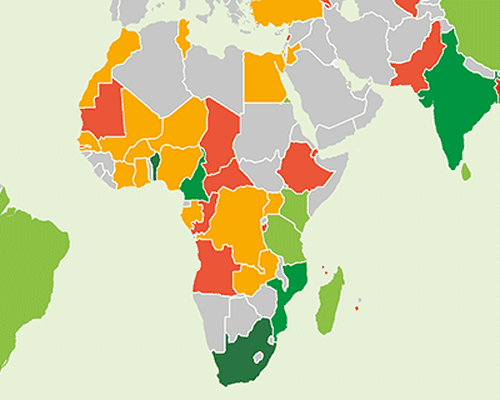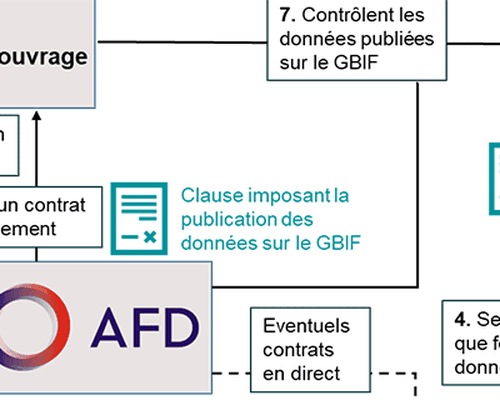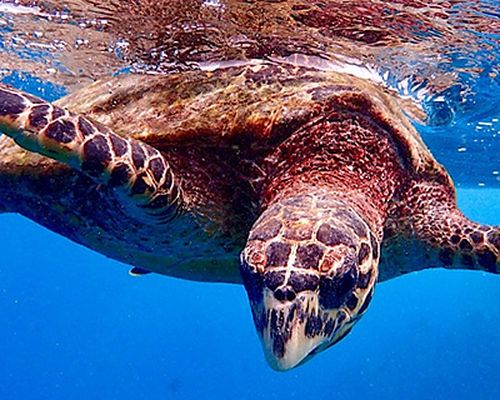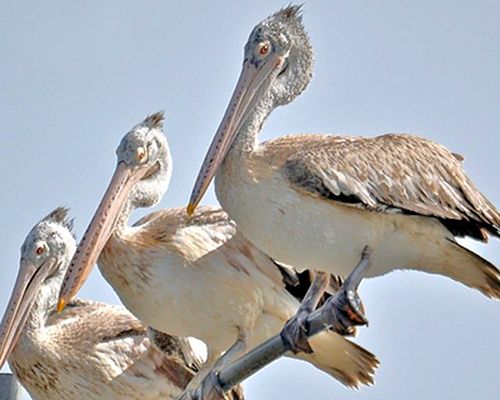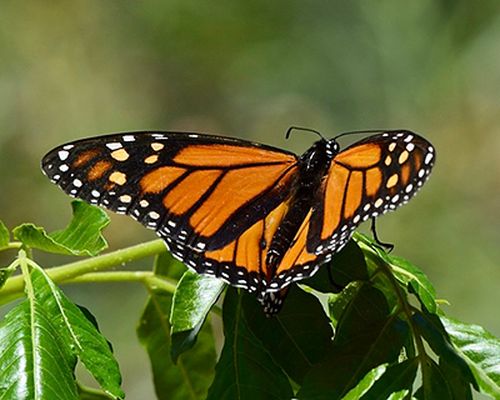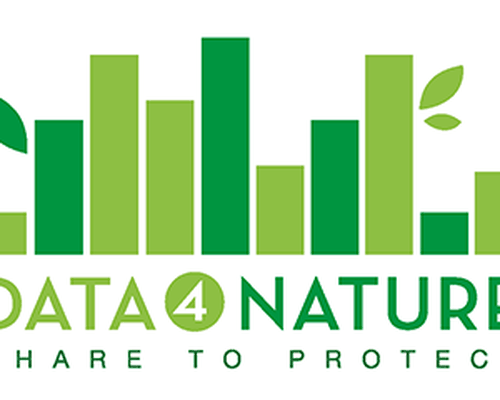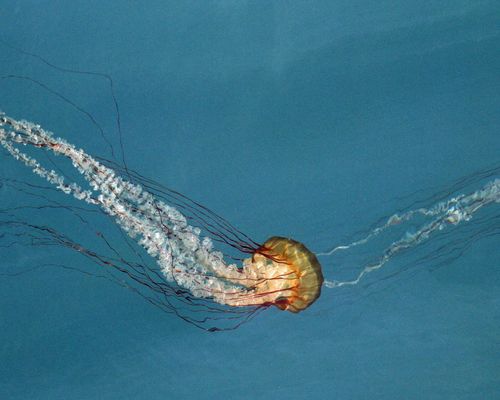La perte de biodiversité, le changement climatique et d'autres problèmes environnementaux à l'échelle mondiale ont rendu d'autant plus important de faire le point sur le vivant, car ce n'est qu'en arrivant à une meilleure compréhension de la planète que nous pouvons réussir à la protéger.
L'initiative Data4Nature encourage les acteurs du développement et leur contreparties à capitaliser les données de biodiversité recueilles dans le cadre des études d'impacts des projets qu'ils soutiennent. Ces projets sont l'origine d'une production considérable de datas, dont l'usage rest généralement restreint au cadre du projet.
En moyenne, chaque éxpertise écologique réalisée en amont d'un projet de développement avant un projet de développement produit entre 500 et 1 000 enregistrements d'occurrence d'espèces. Une estimation récente suggère que la Banque mondiale, l'Agence française de développement (AFD), le groupe KfW et les banques européennes, asiatiques et africaines de développement collectent jusqu'à 300 000 enregistrements d'occurrence d'éspèces chaque année. Ces informations représentent une part importante des données de biodiversité collectées dans le monde, notamment pour les pays du Sud.
Le GBIF - le Global Biodiversity Information Facility – repertoire les données de biodiversité de ses partenaires et fournit à tous et partout un accés libre et ouvert aux données sur toutes les formes de vie sur Terre. En participant à Data4Nature, les acteurs du développement et leurs contreparties peuvent utiliser cette plateforme complète et ce réseau international pour partager des données sur la biodiversité collectées dans le monde entier pour tous les groupes biologiques.
